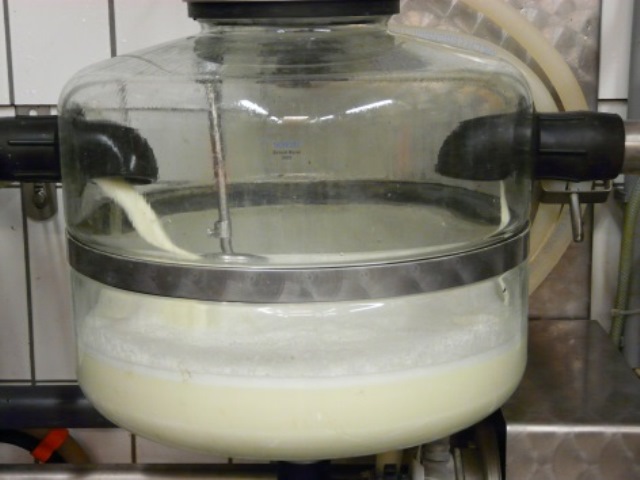Cost-effective analytics
Mid-infrared (MIR) spectrometry is currently the method of choice for analyzing milk ingredients such as fat, protein, etc. The milk is irradiated with light and the reflection for the different wavelengths is recorded and evaluated. With this method, fatty acid and mineral contents as well as metabolites in milk can be estimated more or less accurately at low cost.
A research project at the HBLFA Raumberg-Gumpenstein and the University of Natural Resources and Life Sciences investigated whether and with what accuracy the ration composition of dairy cows can be estimated using infrared spectrometry (Klaffenböck et al. 2017).






